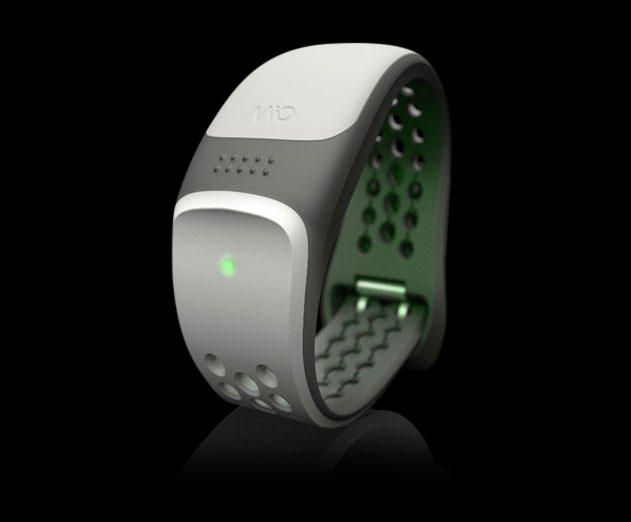Beyond the Hype: Why Smart Wearables Need More Heart
Tuesday, September 9, 2014

|
Liz Dickinson |
The hype around the wearable tech industry has steered many consumers straight to Amazon in search of a fitness gadget that will tell them how healthy or unhealthy they act on a regular basis. Some feel they can’t become healthier unless they are tracking their progress every step of the way. But as we begin to see through the hype, the wearable tech industry seems to be way behind in one important area—actually making us healthier.
The one thing that all fitness trackers have in common are statistics. Tracking steps, calories, sleep patterns, and everything in between, wearable tech devices claim to paint a better picture of a consumer’s health by zoning in on a few key metrics. While these statistics do provide helpful information about how much a person moves and how many calories are burned, they provide little information regarding actual physical health improvement.
Beyond the hype of the wearable tech industry, I see great potential for its future; however, I believe there should be a stronger connection between wearables and the heart. Without a close connection to heart metrics, it’s impossible for consumers to understand true improvement.
With only steps and distance, you’ll find yourself right back where you started; or even worse, move on to the next piece of wearable equipment that provides you with a different statistic. If wearable tech providers can integrate heart rate tracking to provide an actual distinction between current and potential health, we might find ourselves using these devices on the road to becoming healthier.
To draw this connection, wearable tech providers must educate consumers regarding the connection between the statistics proclaimed and an actual solution for better health. For example, many are overhyped with the idea of tracking steps and reaching a certain numerical goal or competing with friends, but completely ignore the food and nutrients they are putting into their body on a regular basis.
This conundrum continues to cycle as the wearable device user walks more steps, yet continues to consume unhealthy foods and drinks. Similarly, heart rate training offers key insights into the stability and strength of the heart, yet few actually know what their heart rate, or increased heart rate during a workout, means for their health. By only offering certain statistics and very little background, wearable device users find themselves unbalanced and undereducated, all while thinking they are getting “healthier.”
The more correlated tracked statistics are to human bodily functions, the more likely they are to provide a solution instead of just another number. As our body’s most important vital sign, heart rate can tell us a lot about our actual fitness level. Having access to real-time heart rate is a step beyond tracking less vital statistics, like steps and caloric burn. Until now, accurate heart rate tracking has not been available. Even some major players claim to accurately track heart rate, but it’s not consistent or reliable enough to track heart health accurately. Having access to accurate and continuous heart rate tracking will play a role in providing usable feedback on sleep, weight loss and other health-related concerns. Detecting problems or fluctuations in the human heart give us the information we need to develop solutions for becoming healthier.
The wearable tech industry will continue to grow—dozens of new players are entering the market on a regular basis and big companies like Samsung, TomTom, Adidas and others are claiming their stake in the space. As the hype continues, the importance of tracking with heart and actual treatments derived from statistics will continue to emerge. Only when we strike the balance between tracking heart rate and understanding how to improve it will wearable devices help us become healthier people.
Read more: http://www.mioglobal.com/Default.aspx
This content is made possible by a guest author, or sponsor; it is not written by and does not necessarily reflect the views of App Developer Magazine's editorial staff.

Become a subscriber of App Developer Magazine for just $5.99 a month and take advantage of all these perks.
MEMBERS GET ACCESS TO
- - Exclusive content from leaders in the industry
- - Q&A articles from industry leaders
- - Tips and tricks from the most successful developers weekly
- - Monthly issues, including all 90+ back-issues since 2012
- - Event discounts and early-bird signups
- - Gain insight from top achievers in the app store
- - Learn what tools to use, what SDK's to use, and more
Subscribe here




_cptybzmh.jpg)








